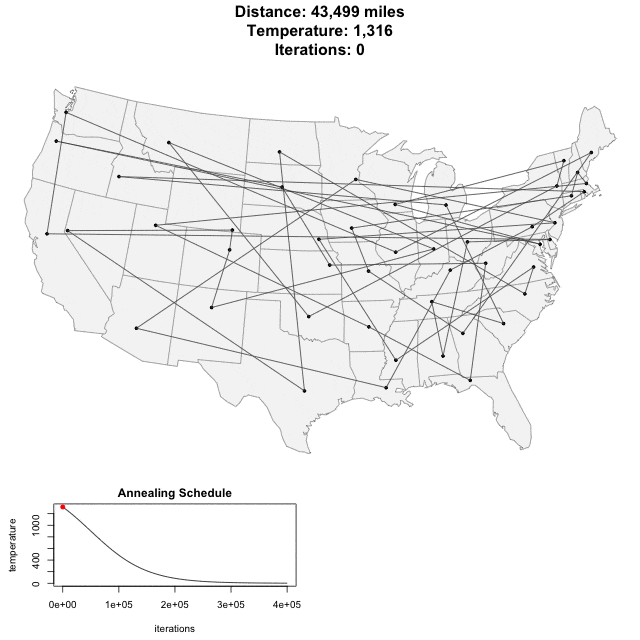It turns out that small government libertarians like myself and large-government progressives actually have something in common -- we both fear accumulations of unaccountable power. We just find such power in different places. Progressives fear the accumulation of power in large corporations and moneyed individuals. Libertarians fear government power.
I won't try to take Caplan's ideological Turing test today, but will just speak from my own perspective. I wonder how Progressives can ignore that government has guns and prisons while corporations just have the ability to sell you something or hire you (though perhaps not on the terms you prefer). When pressed to explain why the Left is more comfortable with government power, their explanations (to my taste) depend too much on assumptions that competent versions of "their guy" pull the levers of power, and that power itself and the vagaries of government incentives will not corrupt this guy.
On the other hand, progressives ask me all the time, "how can you trust corporations so much" and then list off a justifiably long list of examples of them acting poorly. This, I think, is where the real difference comes in, and where the confusion often comes int he public discourse. I will answer that I don't trust anyone, government or corporations. What I trust are the incentives and the accountability enforced in a market where a) consumers can take their money elsewhere if they get bad products or services; b) employees can take their labor elsewhere if they are treated poorly; and c) entrepreneurs can make a fortune identifying shortcomings in incumbent businesses and offering consumers and/or employees a better deal.
Unfortunately, when a person or organization finds itself very successful in this game, there is a natural tendency to want to protect their winning position. But nothing in the market can stop a challenge from a better product or service, so successful entities tend to turn to the government (which has a monopoly on guns and prisons and asset seizures and the like) for protection against upstart challengers. If successful, these restrictions tend to hobble growth and innovation -- imagine if IBM had successfully used government influence to halt the PC revolution or if AT&T had blocked the growth of cell phones.
This dynamic is at the heart of Brink Lindsey's new white paper at Cato (pdf). As has been his wont in several past works, Lindsey is looking for proposals that bridge the gap between Left and Right. So, rather than stake out the 98th salvo in an area where there seems to be a hopeless ideological divide (e.g. minimum wage or low-skill immigration), he focuses on four areas one could imagine building a broad coalition. Lindsey focuses on attempts by successful incumbents to use government to cement their position and calls them "regressive regulation" because they tend to benefit the already-successful at the expense of everyone else.
In the following sections, I examine four major examples of regressive regulation: (a) excessive monopoly privileges granted under copyright and patent law; (b) protection of incumbent service providers under occupational licensing; (c) restrictions on high-skilled immigration; and (d) artificial scarcity created by land-use regulation. In all four examples, current government policy works to create explicit barriers to entry. In the first two cases, the restriction is on entry into a product market: businesses are not allowed to sell products that are deemed to infringe on a copyright or patent, and individuals are not allowed to sell their services without a license. In the other two cases, actual physical entry into a geographic area is being limited: on the one hand, immigration into the country; on the other, the development and purchase or rental of real estate.
One can immediately see how this might appeal across ideologies. Libertarians and market Conservatives will like the reduction in regulation and government scope. Progressives should like the elimination of government actions that primarily help the wealthy and powerful.**
I said "cross ideologies" above rather than bi-partisan because things get messy when actual politics intrude. All of these protected constituencies wield a lot of political influence across both parties -- that is why the regressive regulation exists in the first place. And they all have finally honed stories about how these restrictions that prevent new competition and business models are really there to protect the little people (just watch the battles between Uber and the taxi cartels and you will see what I mean).
Never-the-less, this strikes me as a pretty good list. For whatever barriers there may be, it is a hell of a lot easier to picture a bipartisan agreement on any of these issues than on, say, low-skill immigration. I haven't finished reading to the end -- I have to get on now with my day job -- so I have yet to see if there are any concrete proposals that look promising.
**The ideological problem here, of course, is that libertarians think that these restrictions are the primary way in which the wealthy unfairly benefit while most Progressives would (I suppose) see it as a side issue given that they believe that even the free-est of market capitalism is inherently unfair.











